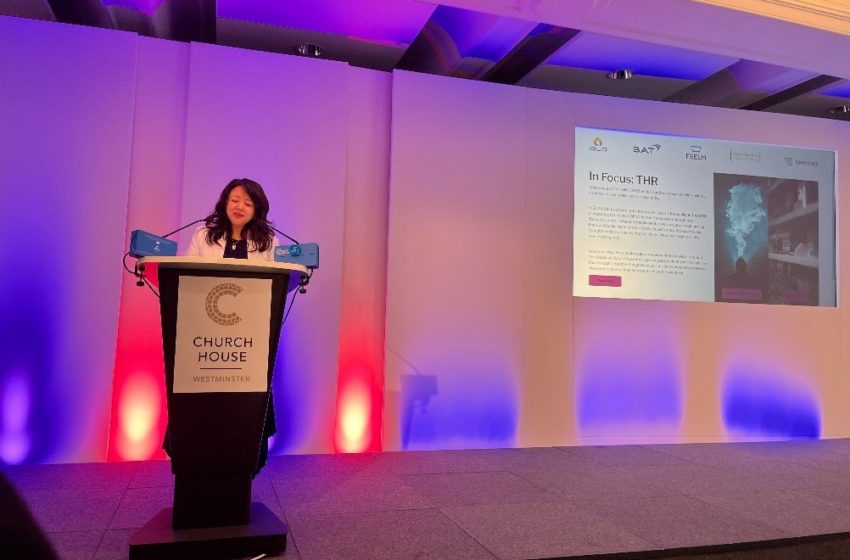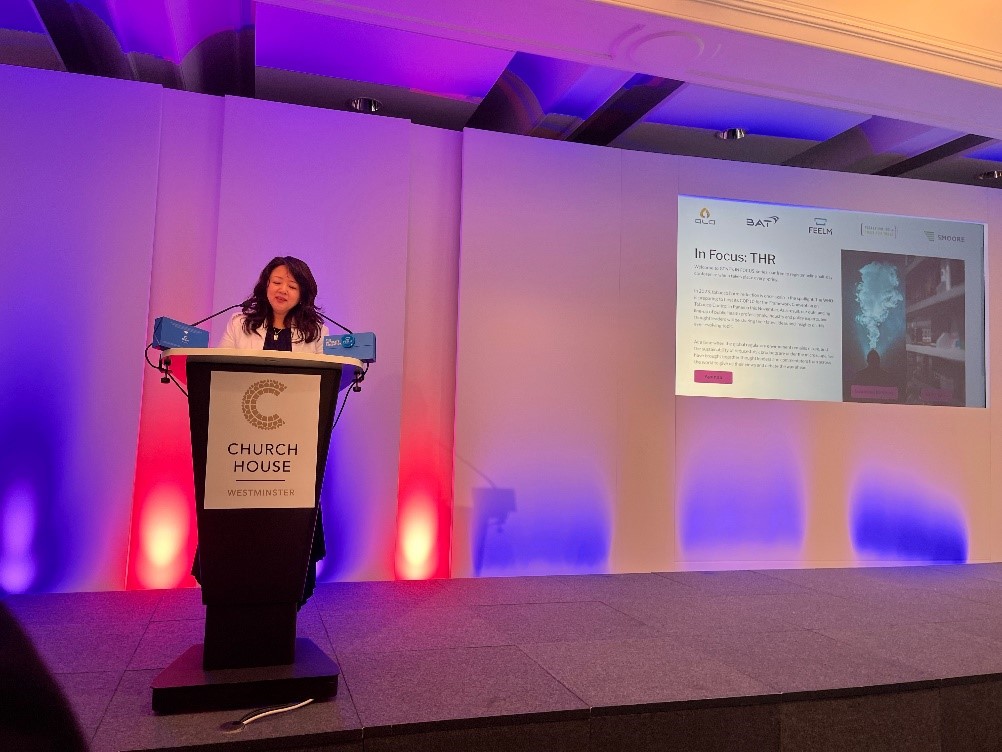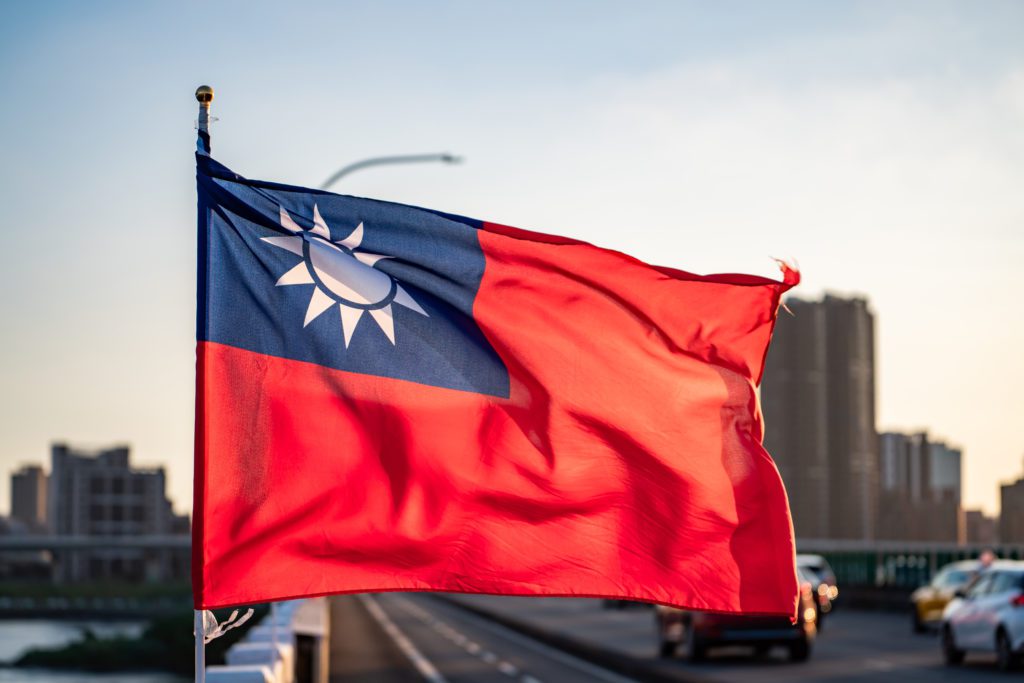The next speaker, Delon Human, president of Health Diplomats, started by quoting the definition of Article 1d of the World Health Organization Framework Convention on Tobacco Control (FCTC) and highlighted the phrase “harm reduction strategies” (HRS). He went on to set out that the overall goal of population health is to prevent disease and premature death, but it is important to remember that these are individuals with different needs and lifestyles. It is also important to include health professionals in any discussion on HRS to balance the needs of populations and individual health as well as the rights of individuals to access healthcare and to use nicotine products.
He stated that he wanted to make three suggestions to accelerate THR.
The No. 1 issue for Human is engagement. A whole-of-society and whole-of-government approach, involving multi-stakeholder action, is required, and more needs to be done with key stakeholders in the tobacco and nicotine industries, particularly regarding engagement with the WHO and governments. He continued by saying that Article 5.3 of the FCTC does not exclude engagement between industry and government; complex problems can only be solved with multi-stakeholder engagement, and engagement does not mean agreement. This engagement with industry is needed to facilitate the crucial exchange of knowledge and data.
Turning to his second suggestion, Human made the point about the centrality of science in the debate. The “quit or die” approach is ineffective, irresponsible and disrespectful of patients and consumers. They need to hear the full story and have access to information and products that do not involve combustion, specifically reduced-risk alternatives if they cannot or will not quit.
He highlighted that this transformation can be accelerated if global public health scientists were to embrace the opportunity to test the benefits of adult smokers switching to reduced-risk products. Human commented that, for too long, the argument has been that there is not enough evidence to validate THR in smoking cessation. HRS have been used successfully with HIV/AIDs, drug control and alcohol consumption, and they should be applied to tobacco control. He raised the speed of Covid vaccine testing, which gave a powerful validation of HRS.
Human spoke to the opportunity presented by COP10 to prepare the ground for further research in HRS and the new evidence available from countries where governments have allowed properly regulated reduced-risk products. Where THR has been adopted, smoking rates have reduced.
He gave examples: In Sweden, the smoking rate is the lowest in the EU at 5.6 percent whereas Germany has seen rates increase to up to 36 percent. He lamented that “smoke-free Sweden” should be a case study in successful THR, but little attention has been paid to the public health revolution there. In the U.K., the government’s “swap to stop” scheme has both incentivized and funded adult smokers to switch from combustibles to vaping, and more broadly, the country has seen a 4.3 percent decrease in smoking. In Japan, heat-not-burn (HnB) products launched in 2014 and have led to a significant decline in smoking rates: Between 2016 and 2019, the number of adult smokers fell by 10 percent. In the U.S., nicotine products go through a rigorous and scientific PMTA-testing process, which costs hundreds of millions of dollars to companies, and other countries could benefit from this knowledge to support their adult smokers to quit.
He closed this section of his remarks by suggesting that each example merits a country case study to consider how each THR approach has reduced incidence of smoking-related diseases and premature deaths, and more engagement among the WHO, governments and the whole of industry would facilitate progress in THR.
Lastly, Human turned to industry contributions to the debate, highlighting the critical role played by the GTNF in bringing stakeholders together. He highlighted several dimensions that merit industry having a seat at the table: 1) R&D capacity, with companies investing greatly in this, including specific knowledge on consumer behavior; 2) product innovation, with all stakeholders needing to incentivize innovation while ensuring consumer safety and high standards; and 3) responsible marketing practices, with the marketing to children of primary concern.
In closing, Human stated that there are 100 million consumers worldwide who have switched from combustible cigarettes to noncombustible nicotine alternatives, and now is the time to accelerate, transform and modernize tobacco control by injecting HRS, ensuring that affordable, accessible and acceptable alternatives can make a contribution.


























